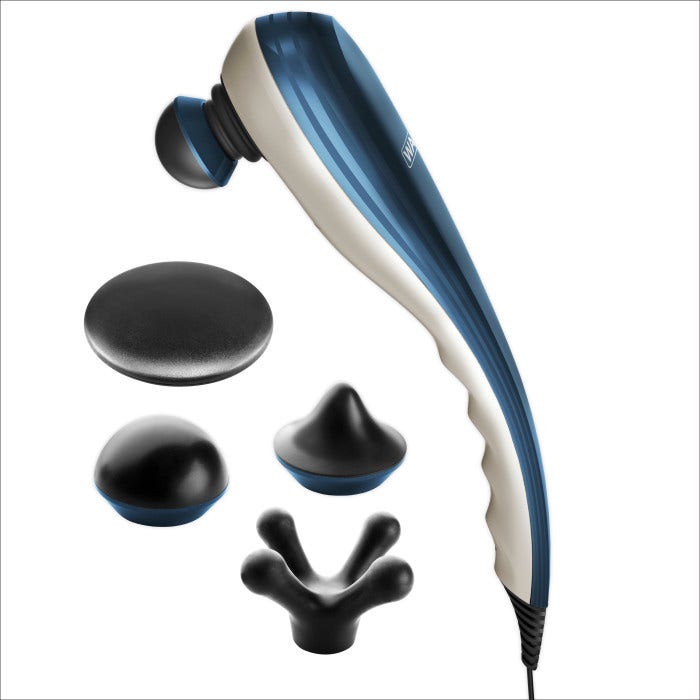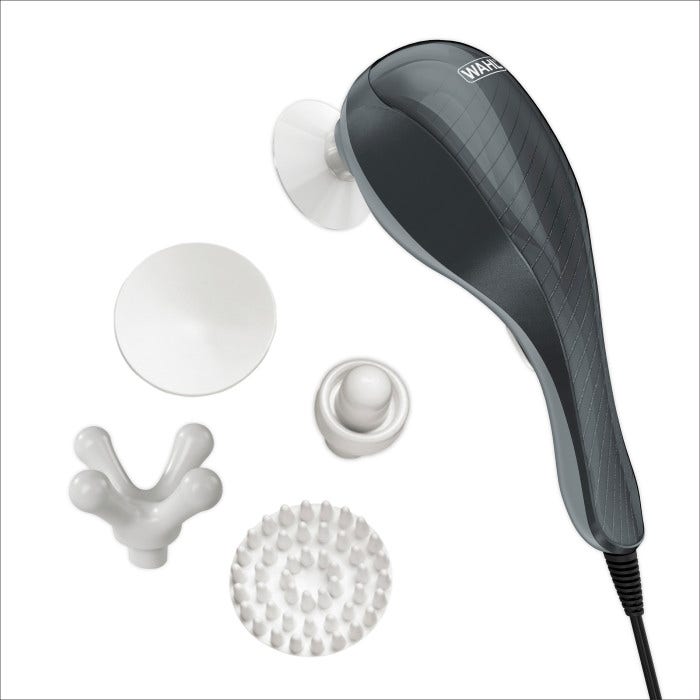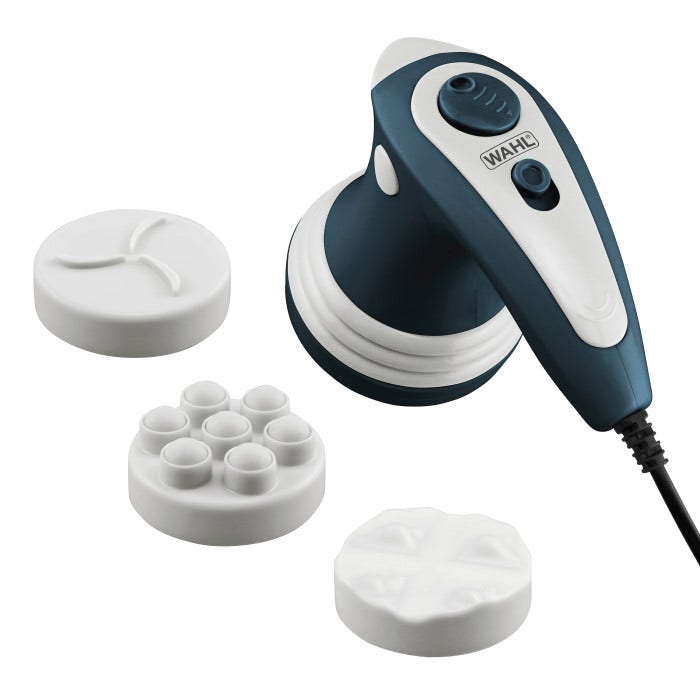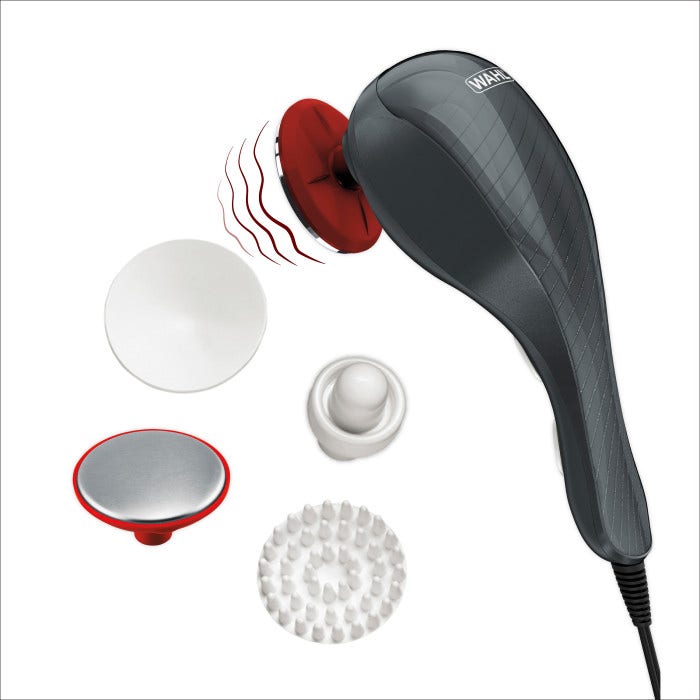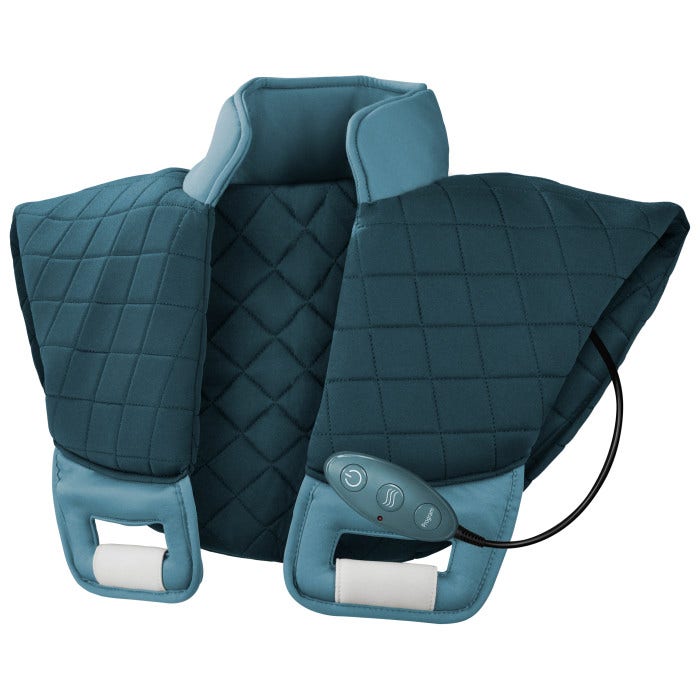
How to Help Sore Muscles
There may not be a bigger fallacy in the fitness world than: No pain, no gain!
In fact, working out again too soon after a strenuous workout tends to have the opposite effect of what’s desired. Instead of building muscles, it leads to tissue breakdown and potential injury. Therein lies the paradox: in order to have fast muscle recovery, you must take it slow. Have patience and recognize when your body isn’t ready to go right back at it with another strenuous workout.
Experts agree that most people should wait 24-48 hours after heavy weight training before returning to the weight room. This time period usually allows muscles to repair and rebuild but listen to your body. If your muscles are still sore or you see decreased performance, you may need more time to rest. Of course, recovery time will vary, depending on your fitness level and the intensity and volume of your exercise.
How to Heal Sore Muscles
-
1
Rest and active recovery
First of all, ease into workouts. If you haven’t been working out on a regular basis, going full throttle right away, particularly with consecutive-day workouts, is going to result and aching muscles. Ease into things and rest for 24-48 hours after a strenuous workout before going back at it. Adequate rest also includes a good night’s sleep of at least 7-8 hours. That’s when your body accomplishes the most healing. Active recovery also helps with circulation, which promotes faster healing. This includes stretching, swimming, walking and light jogging.
-
2
Hydrate
Drinking water during and after exercise helps the body rid itself of toxins, while fighting off dehydration, which can result in painful muscles and excruciating muscle cramps. There’s no universally-accepted rule of thumb on how much water you should drink on workout days but a starting point for some is taking half of his/her body weight and converting it to ounces.
-
3
Massage
Muscle massage aids circulation, stretches muscles, reduces stiffness and breaks up scar tissue, which promotes fast muscle recovery. This doesn’t mean, however, that you have to find a masseuse after every workout. Handheld massagers can help reduce muscle tension, decrease inflammation and stimulate mitochondria, which are the “energy packs” that drive cellular function and repair.
-
4
Proper nutrition
Protein sources are necessary to rebuild muscle tissue and fuel the function of various cells, tissues and enzymes. Carbohydrates are vital, as well. They are the source of energy for muscles. Many experts recommend a 2:1 ratio of carbs to protein to help reduce the severity of post-workout muscle soreness, while speeding up recovery. Eating a well-balanced meal approximately two hours after a strenuous workout can also help the recovery process.
-
5
Hot & cold treatments
Elite athletes often take ice baths, which is followed by contrasting heat treatments, but few others have the time, facilities or resources to do this. Having an ice pack and a heating pad can usually do the job. Apply the ice pack to sore muscles for approximately 20 minutes for soothing. Then switch to warmth for relaxation.
What to use
Need help deciding what you need?
Where you hurt and why you’re hurting are two key factors in deciding which massager is best for your specific pain relief.
Product SelectorMore Recovery Tips
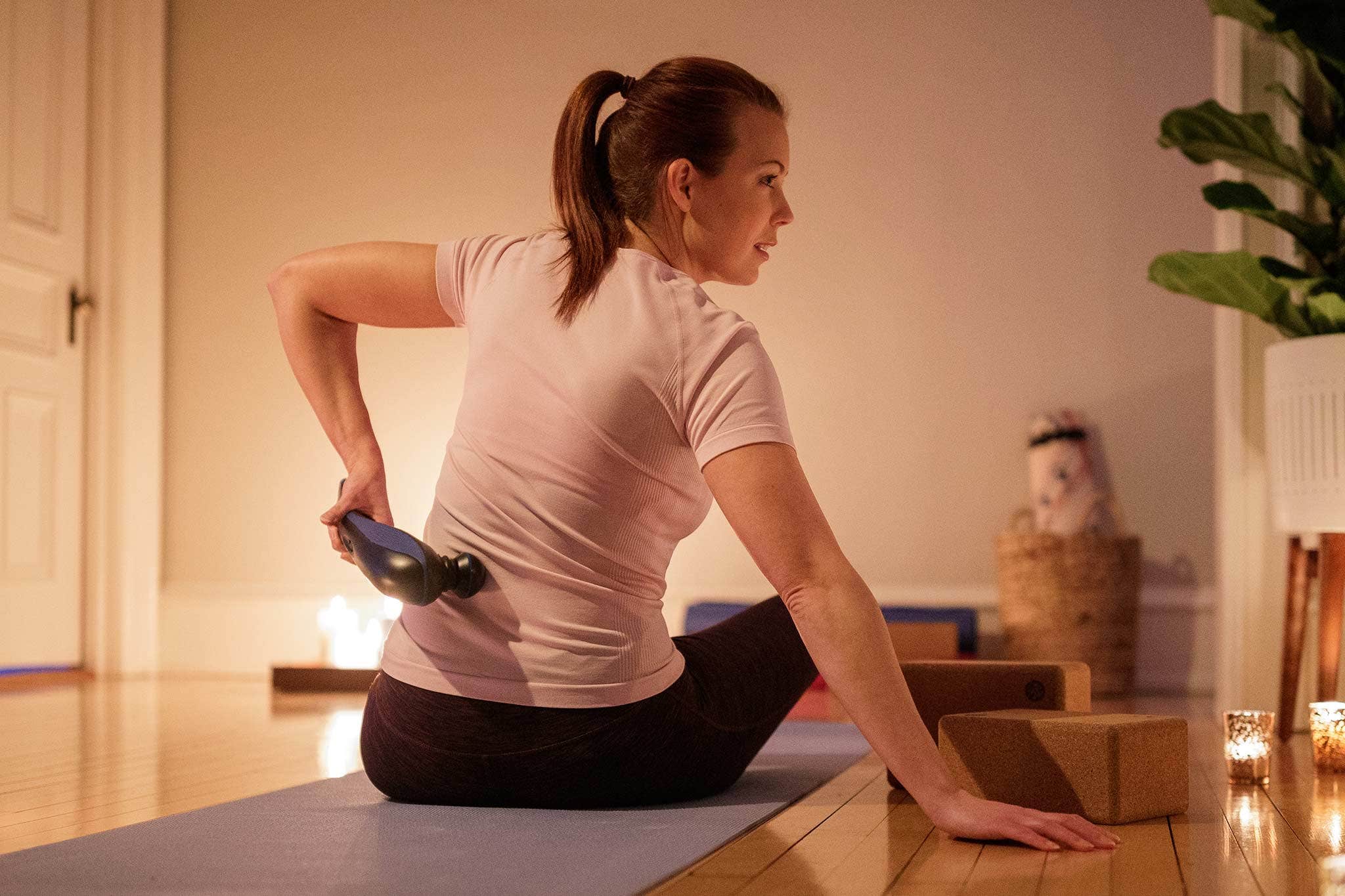
Start with a circular motion on the lower back, being careful to avoid the spine. Using long strokes, work your way up the back towards the heart.
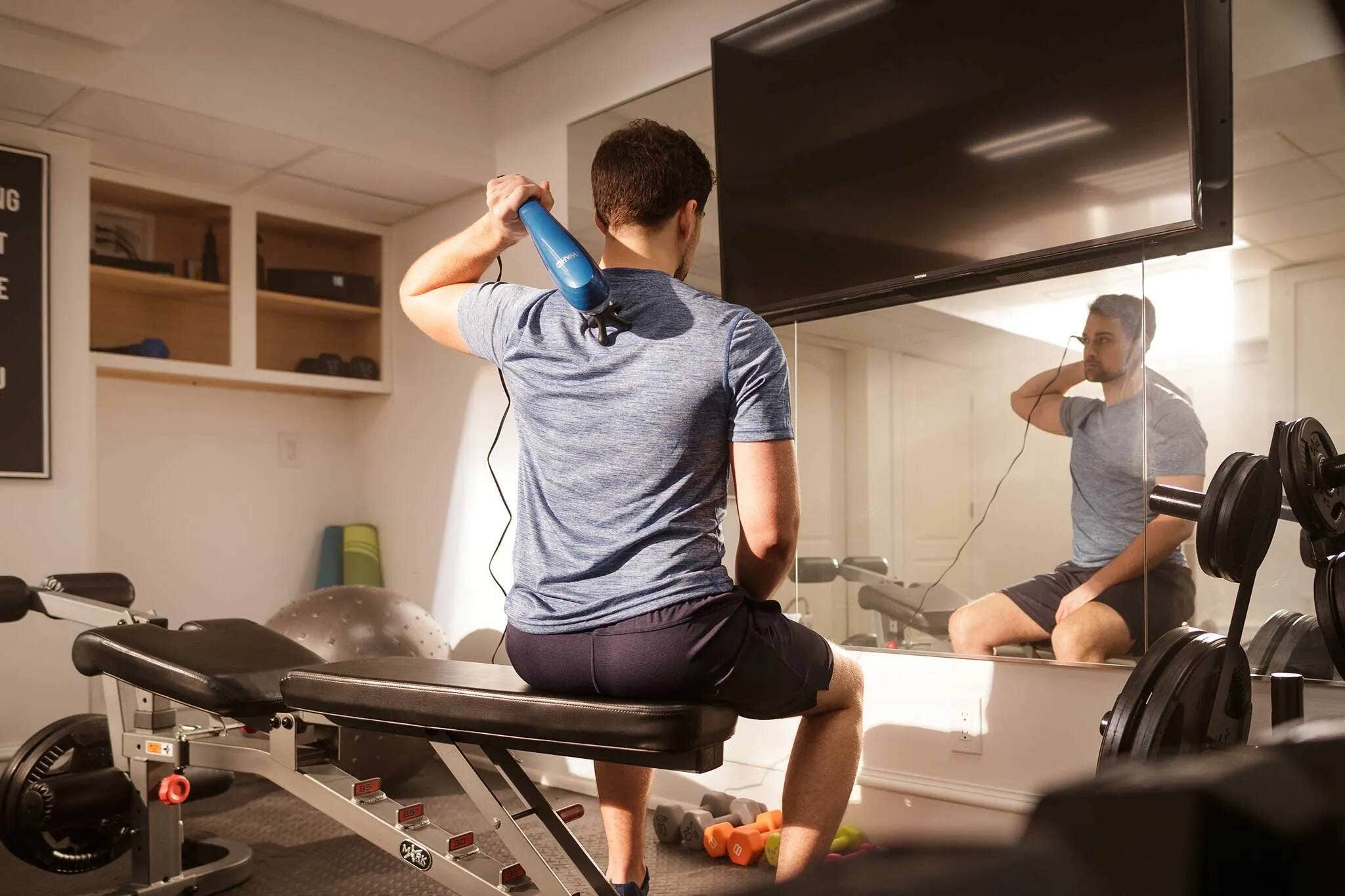
When massaging the upper back, start from the spine and using short strokes to work your way outward towards the underarm. (Again, be careful not to come in contact with the spinal area.)

The same procedure is used to massage the chest. Start from the sternum and use short strokes to work your way outward toward the underarm.

DO NOT use the massager over the abdomen or below the rib cage.
Related Videos


 India (English)
India (English)
 Middle East and Africa (English)
Middle East and Africa (English)
 South Africa (English)
South Africa (English)
 Australia (English)
Australia (English)
 Japan (日本語)
Japan (日本語)
 South East Asia (English)
South East Asia (English)
 Singapore (English)
Singapore (English)
 Europe (English)
Europe (English)
 France (French)
France (French)
 Germany (German)
Germany (German)
 Hungary (Hungarian)
Hungary (Hungarian)
 Italy (Italian)
Italy (Italian)
 Poland (Polish)
Poland (Polish)
 Portugal (Portuguese)
Portugal (Portuguese)
 Russia (Russian)
Russia (Russian)
 Spain (Español)
Spain (Español)
 The Netherlands (Dutch)
The Netherlands (Dutch)
 Turkey (Turkish)
Turkey (Turkish)
 United Kingdom (English)
United Kingdom (English)
 Argentina (Español)
Argentina (Español)
 Brazil (Portuguese)
Brazil (Portuguese)
 Colombia (Español)
Colombia (Español)
 Latin America (Español)
Latin America (Español)
 México (Español)
México (Español)
 Chile (Español)
Chile (Español)
 Peru (Español)
Peru (Español)
 Canada (English)
Canada (English)




